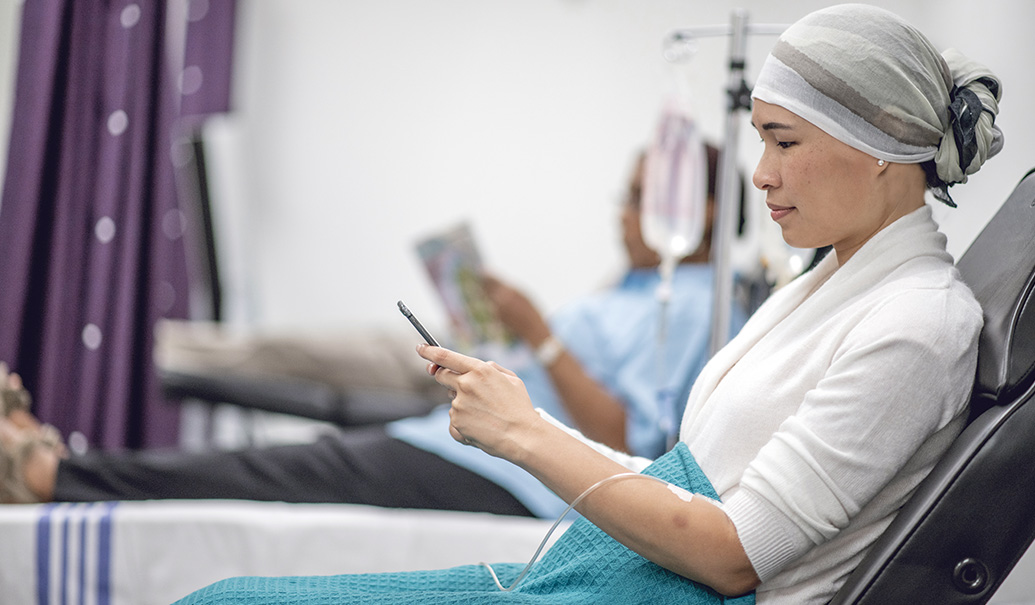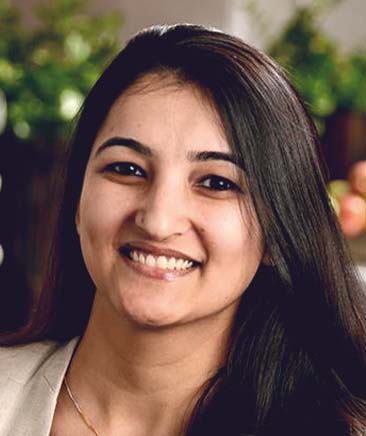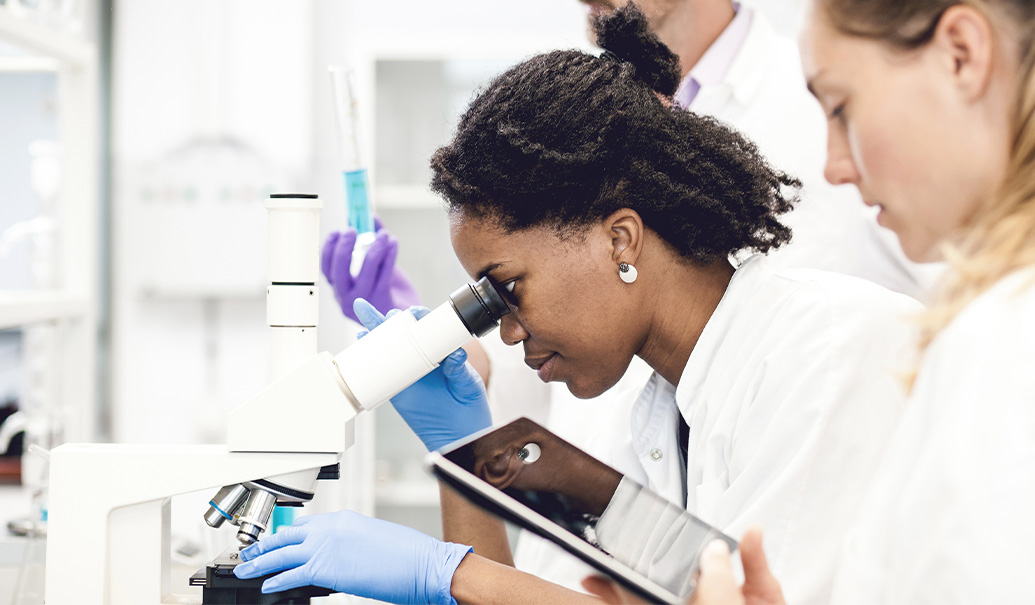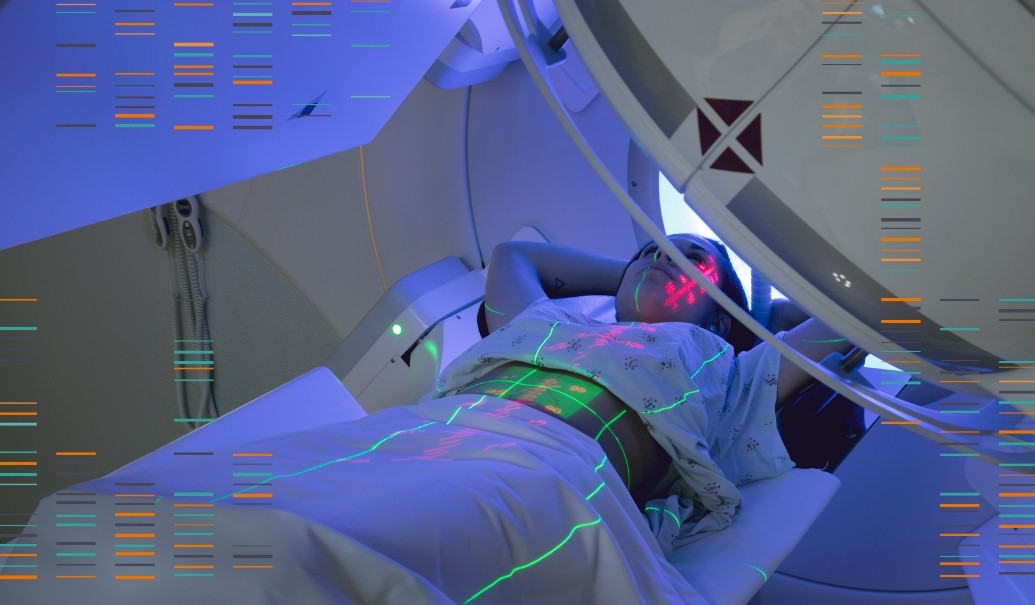Cell therapy offers new promise to those suffering from life-threatening diseases, especially for the patients who benefit from the autologous cell therapies that have been approved. Yet only a fraction of the population that could benefit from these therapies are receiving them today.
Swedish research published in 2018 found that more than 80% of relapsed refractory (R/R) diffuse large B-cell lymphoma (DLBCL) patients may be eligible for CAR-T therapy. Yet our estimates suggest the actual populations of R/R DLBCL patients treated with three of the approved autologous therapies may be as low as 25%.
Autologous therapies are still not widely used
There are significant logistical and financial challenges associated with the autologous CAR-T therapies currently on the market. Specifically, there is not enough investment in the infrastructure required for the collection, storage, shipping and handling of cell products. The long turnaround times (TAT) required to manufacture autologous therapies and uncertainties about manufacturing success add another layer of complexity. These therapies require referrals, as well as fully equipped facilities with expertly trained staff members to both administer them and manage the unique adverse events (AEs) that patients may experience.
To learn more, ZS reached out to two experts in autologous and allogeneic cell therapies, both of whom are primary investigators in autologous and allogeneic CAR-T trials. Dr. Joshua Sasine, MD, assistant professor of medicine and founder of the CAR-T program at Cedars-Sinai Health System, and Dr. Farrukh Awan, MD, associate professor at the University of Texas Southwestern Medical Center, shared their perspectives in an interview with ZS on the evolution of autologous and allogeneic cell therapies.
Videos are best viewed in Microsoft Edge or Firefox. If you're unable to view them, please open this article in a different browser.
The potential and promise of allogeneic therapies
The hurdles posed by autologous therapies, which are derived from a patient’s own cells, have prompted questions about whether a new wave of development of novel allogeneic therapies, which are derived from a healthy donor’s cells, may be a better option.
In many clinical cases, allogeneic therapies appear to be significantly safer than autologous therapies as observed in the commercially available CAR-T labels and recent allogeneic therapy press releases. In theory, simply converting an autologous therapy to allogeneic carries all the same risks of the autologous therapy, plus the risk of graft versus host disease (GvHD). However, in knocking out T-cell receptor (TCR) genes and leveraging other cell types, such as natural killer (NK) cells, to avoid GvHD, it appears the risk of cytokine release syndrome (CRS) and neurotoxicity (NTX) also declines as observed in the ALLO-501, ALLO-501A, ALLO-715, CTX110 and PBCAR0191 studies.
The safety profiles of allogeneic NK cells from the TAK-007, FT516, MG4101 and GDA-201 studies appear to be even better, in some cases eliminating cases of CRS and NTX altogether. This may be due to the fact that NK cells do not release IL-6, which is believed to be the main driver of CRS events associated with autologous therapies.
Efficacy wise, allogeneic therapies also appear to be somewhat comparable in very early data. However, both Dr. Sasine and Dr. Awan noted that the efficacy and safety data of all allogeneic therapies are extremely limited and preliminary. There is hope that products derived from healthier T-cells from healthy donors will be more effective. Still, concerns remain about whether that durability will match that of autologous therapies when used in a new host body.
Reducing barriers to provide cell therapies to patients
In addition to the clinical benefit, another major benefit of allogeneic T and allogeneic NK therapies is the elimination of apheresis, which is the process that removes T cells from a patient’s blood.
Not needing apheresis can certainly be a positive for prescribers, Dr. Awan noted, making allogeneic treatments “much more attractive.” The absence of apheresis can also shorten the overall TAT for allogeneic therapies.
Manufacturing delays will be a key differentiator between autologous and allogeneic CAR-Ts in the future. Taking apheresis out of the process overall can eliminate two weeks or more from the TAT when using allogeneic therapies. Manufacturing capacity also factors into the TAT of autologous therapies, as we’re seeing manufacturers struggle to keep up with demand. Additionally, some patients cannot be effectively apheresed to produce the quantity and quality required for autologous CAR-T therapies.
Videos are best viewed in Microsoft Edge or Firefox. If you're unable to view them, please open this article in a different browser.
Allogeneic therapies are no silver bullet
While allogeneic treatments solve some challenges, they won’t expand access to more patients anytime soon. They still present significant hurdles, such as:
- High upfront costs and reimbursement issues
- The need to train staff on lymphodepletion
- Training staff on product handling, storage and infrastructure
- Technology and effort required for long-term follow up (LTFU)
Figure 1: Differences in the patient journey during autologous versus allogeneic therapies
Bed capacity needed to administer CAR-T therapies
COEs also face physical limitations related to the number of patients who can be treated at any given time. Autologous and allogeneic treatments require staff that are trained to safely monitor and treat multiple patients simultaneously. Even products that can result in low-grade CRS will likely mean that the patients who receive these treatments will still need access to ICU beds, should AEs occur.
Centers are currently using the outpatient setting to treat a higher number of patients, but that may not be a viable long-term solution. “I don’t think that shifting to outpatient only necessarily solves the resource problem—it will make it different. So rather than doing all inpatient, we will do half inpatient, half outpatient, but it will still be labor intensive,” Dr. Awan said.
This capacity challenge is likely to worsen as more therapies are approved for indications that require daily follow-ups. “Beds were not a challenge in the past, as we had a few patients. But since we now have more products approved, and we have more indications that are approved—we will have a big influx of patients,” Dr. Awan said.
A potential solution to the capacity challenge is moving treatment outside of COEs, which may become an option for allogeneic therapies. Dr. Awan and Dr. Sasine both expressed uncertainty about whether community hospitals, even those with ICUs, could or should administer cell therapies.
“We have to learn from our past. There were a lot of transplant centers and they were shut down given clinical and financial reasons. Unless you have strong capabilities including ICU capabilities, nursing and lab support, and a financial plan, this can be disastrous,” Dr. Awan said.
Both autologous and allogeneic treatments on the menu
Autologous manufacturers have been leaders in forming academic COE partnerships. They are continuing to make large investments in their autologous research and commercial programs. Many, if not most of these COEs, have partnered with pharma to help deliver these life-changing therapies.
Videos are best viewed in Microsoft Edge or Firefox. If you're unable to view them, please open this article in a different browser.
“If we assume that complete remission with allogeneic NK cell therapy gives you the same durability as autologous CAR-Ts, that will be the go-to for majority of my patients because the early data suggests that allogeneic NKs will be the safest CARs. I still think there will be a role for autologous CARs and also for transgenic TCR therapy. From that sense, autologous therapy is never going to go away. Autologous therapies will be ahead of allogeneic CARs in the foreseeable future and they will always be on the menu,” Dr. Sasine said.
Allogeneic manufacturers will need to prove that their therapies are safer, more convenient and can live up to the efficacy standards set by autologous therapies—a tall order considering the uncertainty around the long-term efficacy data of autologous treatments. Allogeneic manufacturers should double down on the safety and convenience, especially when used for rapidly progressing or frail patients. As more data become available, we should have a clearer picture about the durability of allogeneic treatments.
Dr. Awan finds the convenience factor of allogeneic therapies exciting. “It doesn’t take a lot of resources to do. That’s one thing, and two, obviously, is its minimal toxicity or lower toxicity,” he said. “Obviously, we don’t want to compromise on the efficacy of CAR-T—if anything we want to improve the efficacy.”
Strategies for success with allogeneic therapies
There is hope and excitement for allogeneic cell therapies to solve some of the key challenges associated with autologous therapies. Existing autologous therapies have proven themselves and we don’t see them being completely replaced. But due to their comparatively recent entrance into the marketplace, manufacturers of allogeneic treatments—in addition to proving their safety and efficacy profiles—will need to:
- Capitalize on learnings from autologous therapy launches and deliver a reliable and positive experience with product ordering, quality and supply.
- Work collaboratively with providers to design onboarding and certification processes that achieve manufacturer objectives without overburdening treatment centers.
- Build predictable and streamlined treatment and management protocols that drive confidence in the treating community to manage these therapies in different settings.
Improving logistics with autologous therapies
When weighing autologous and allogeneic therapies, pharma must work to engage their provider partners and help them overcome the barriers they face to deliver these therapies to the patients that need them.
Similarly, to remain competitive, autologous therapy manufacturers must:
- Make their process faster and less burdensome by working with apheresis providers to provide flexibility in the patient’s journey.
- Leverage real-world data by feeding it back into translation to identify markers that improve outcomes and reduce care management burdens.
- Strengthen partnerships providing services and support to lower the bar for community hospitals to deliver cell therapies, such as building infrastructure for cold storage, enabling LTFU tracking and supporting easier payment terms and contracts.
Add insights to your inbox
We’ll send you content you’ll want to read – and put to use.
















